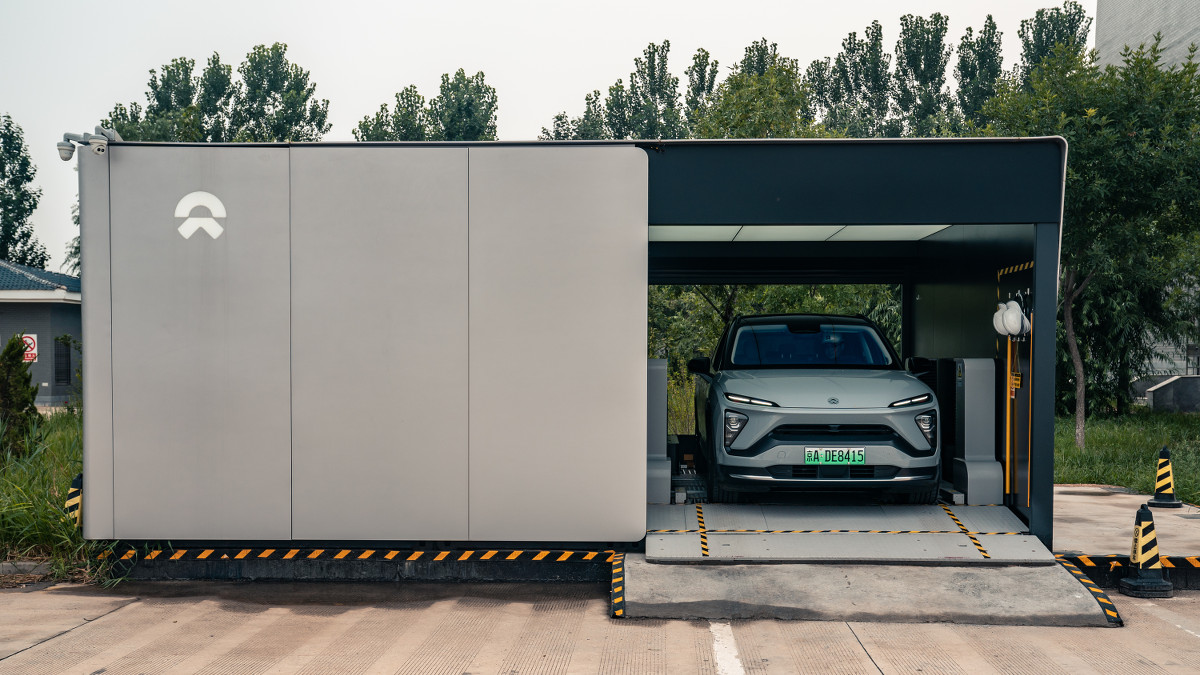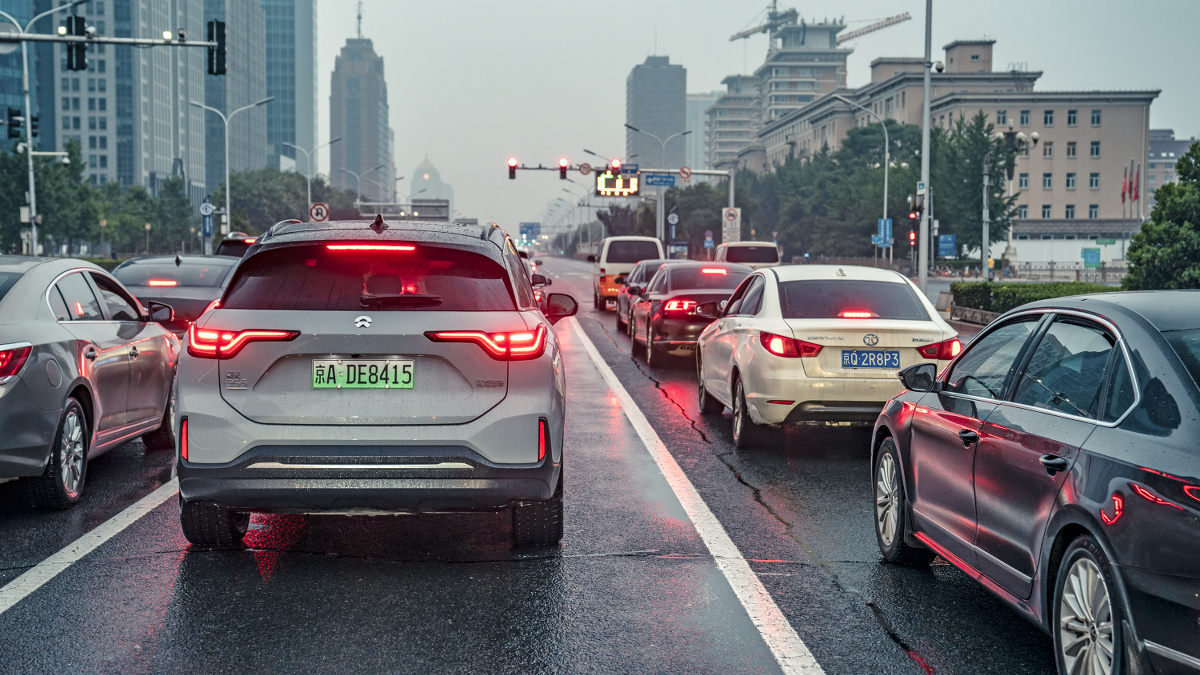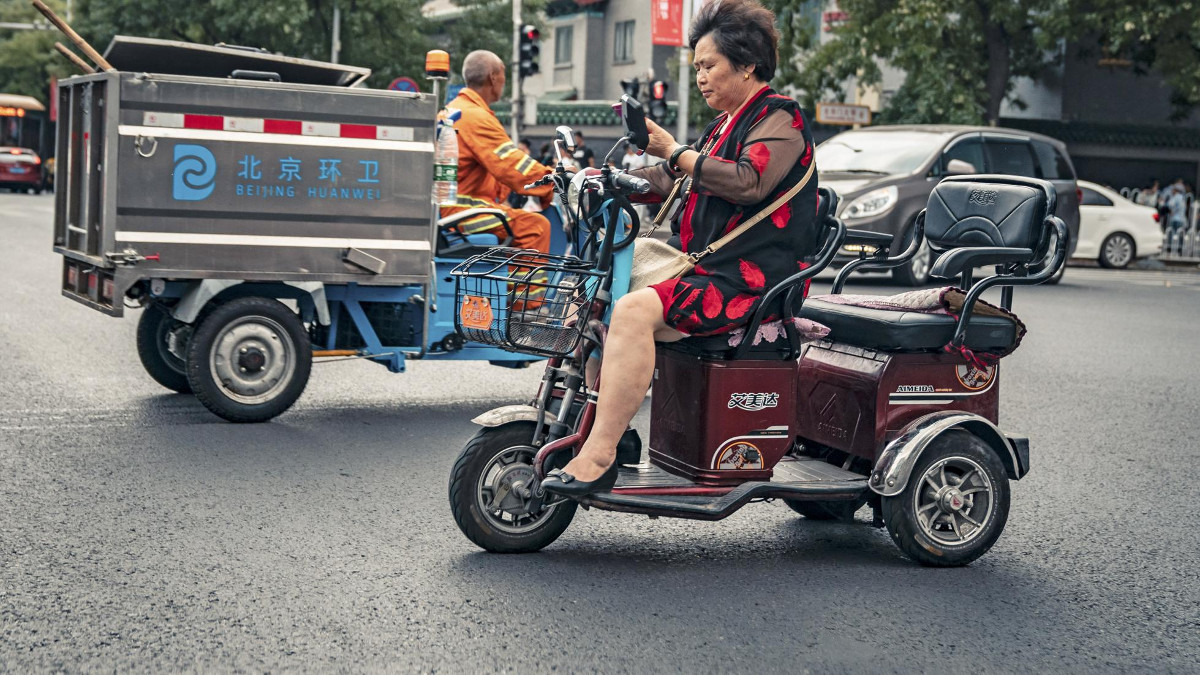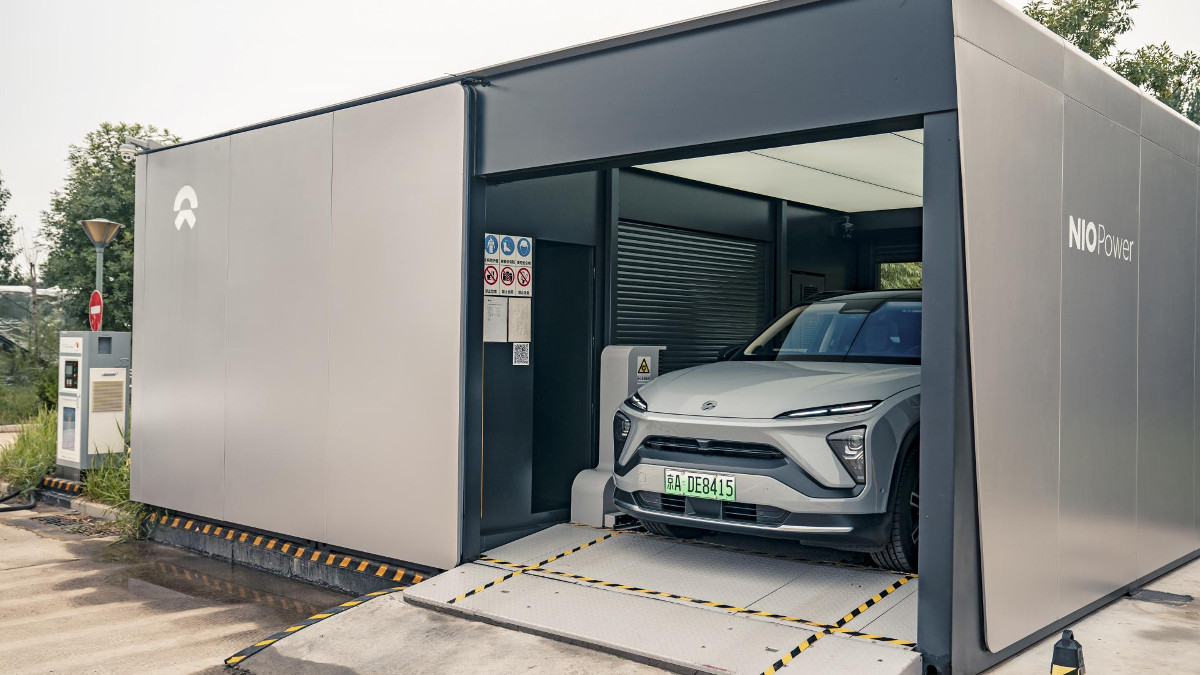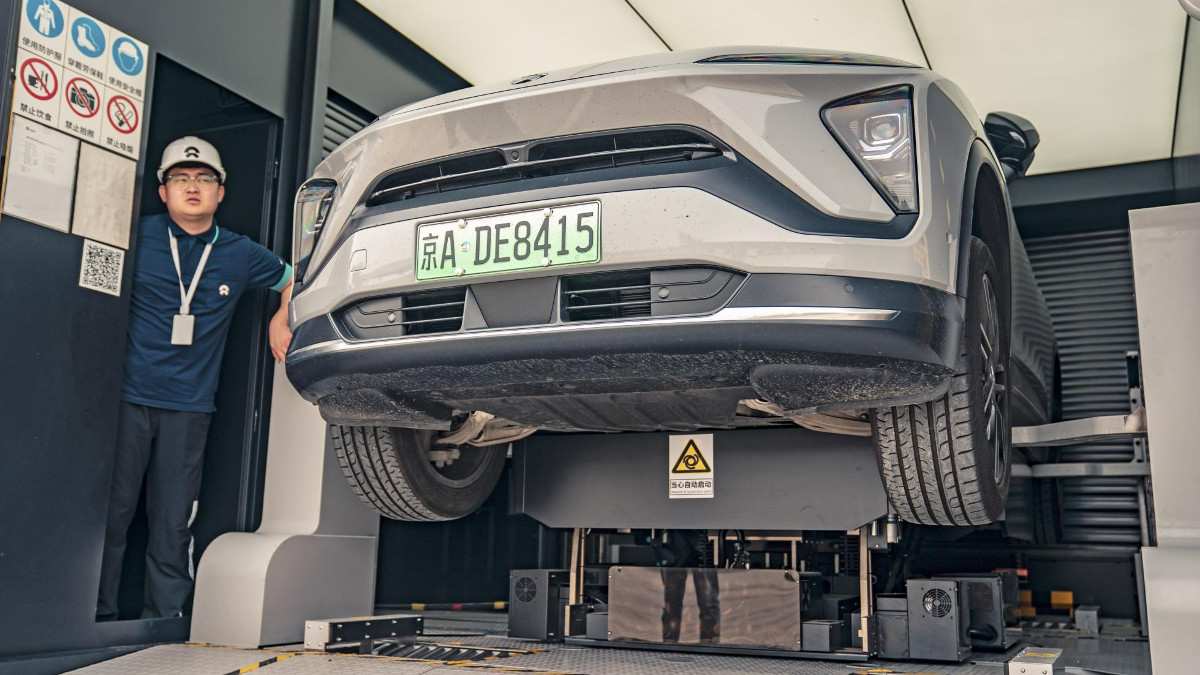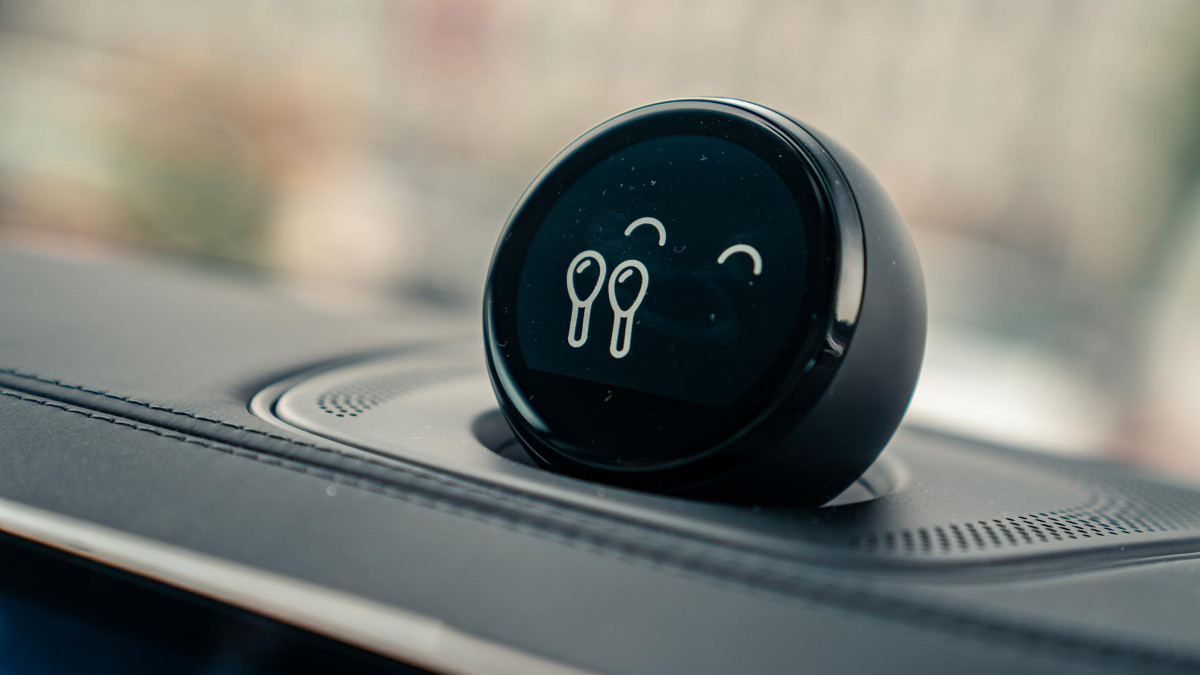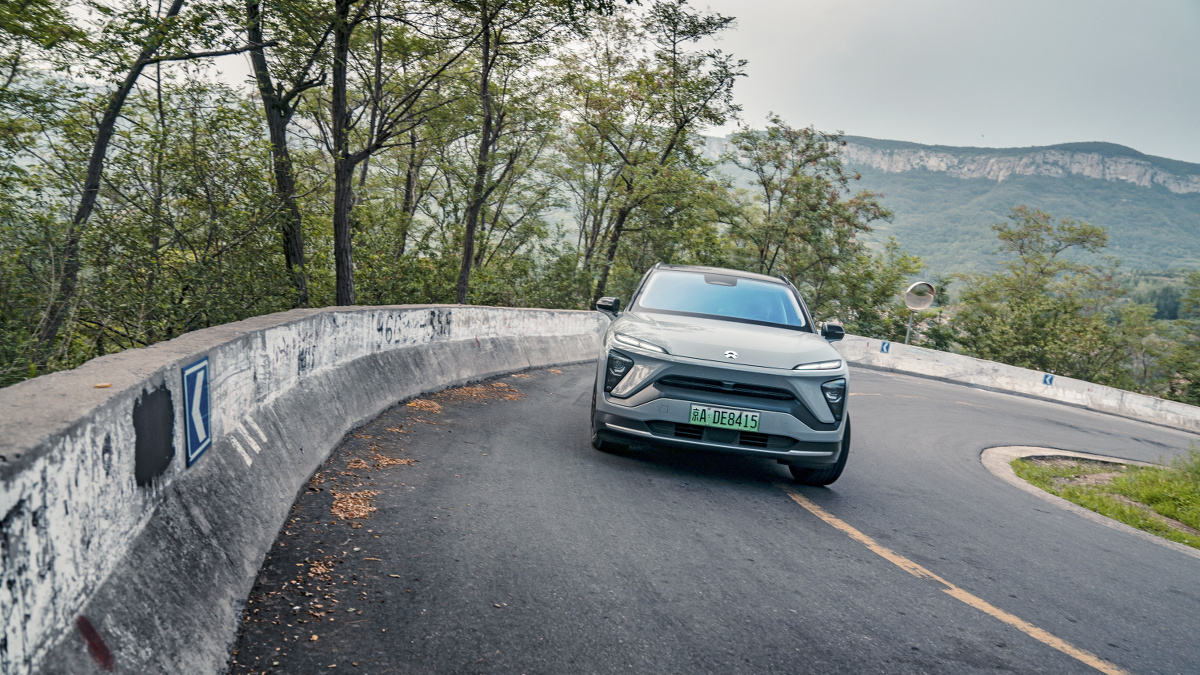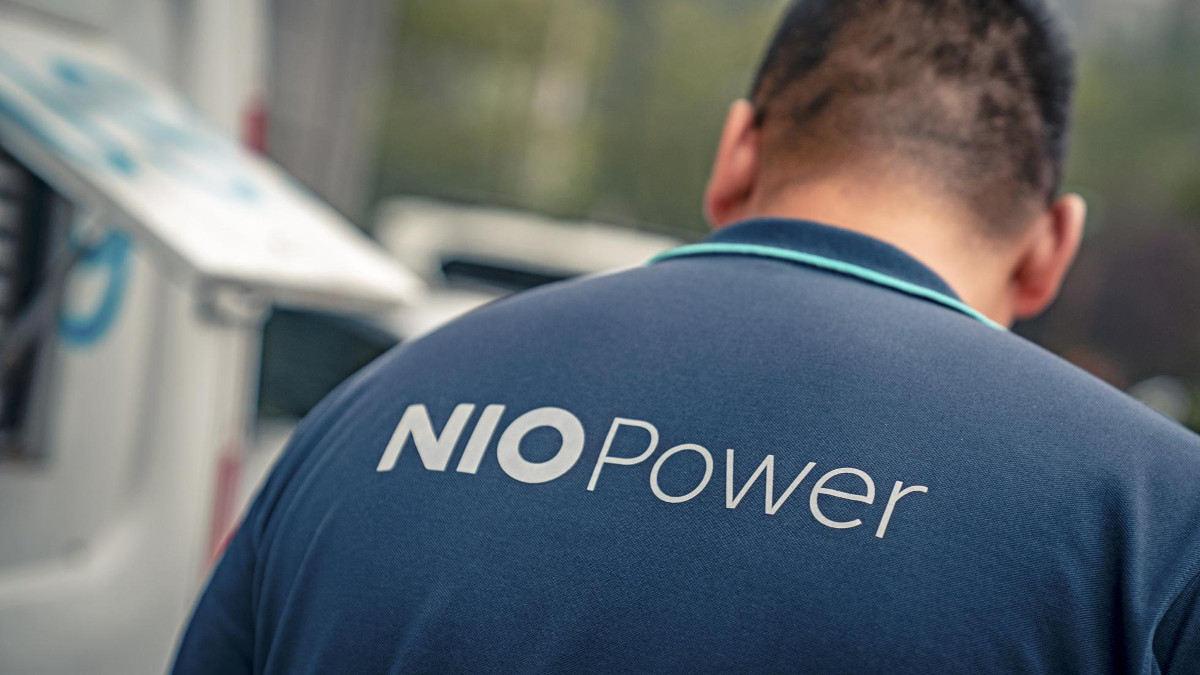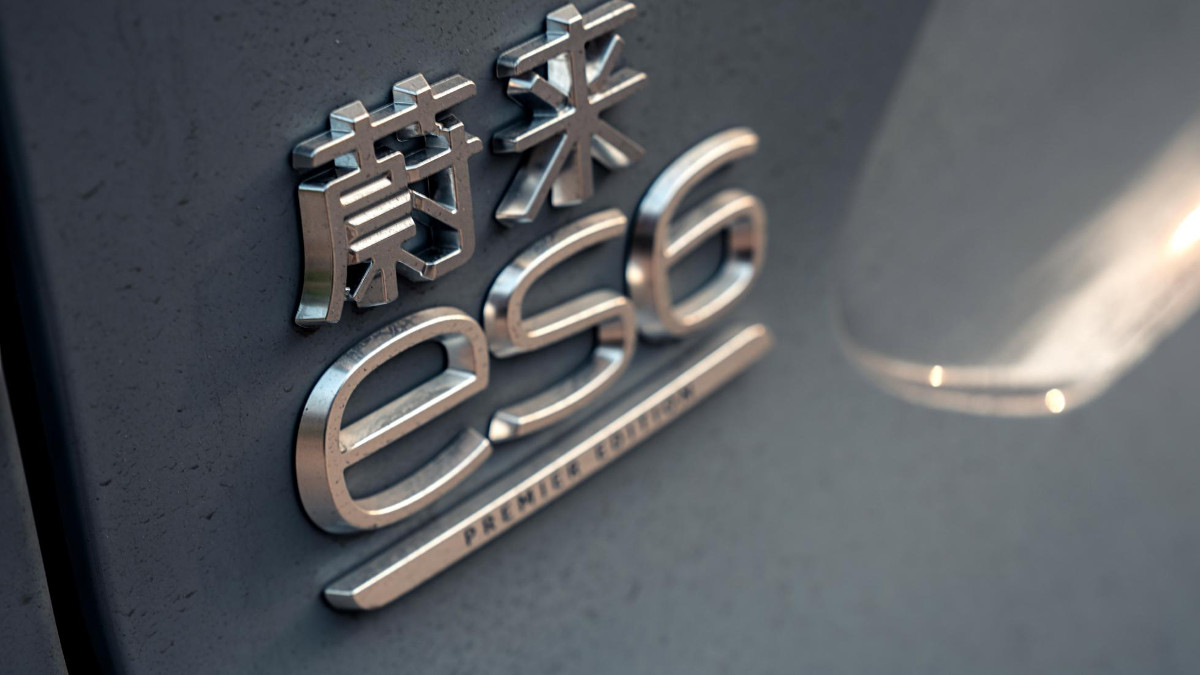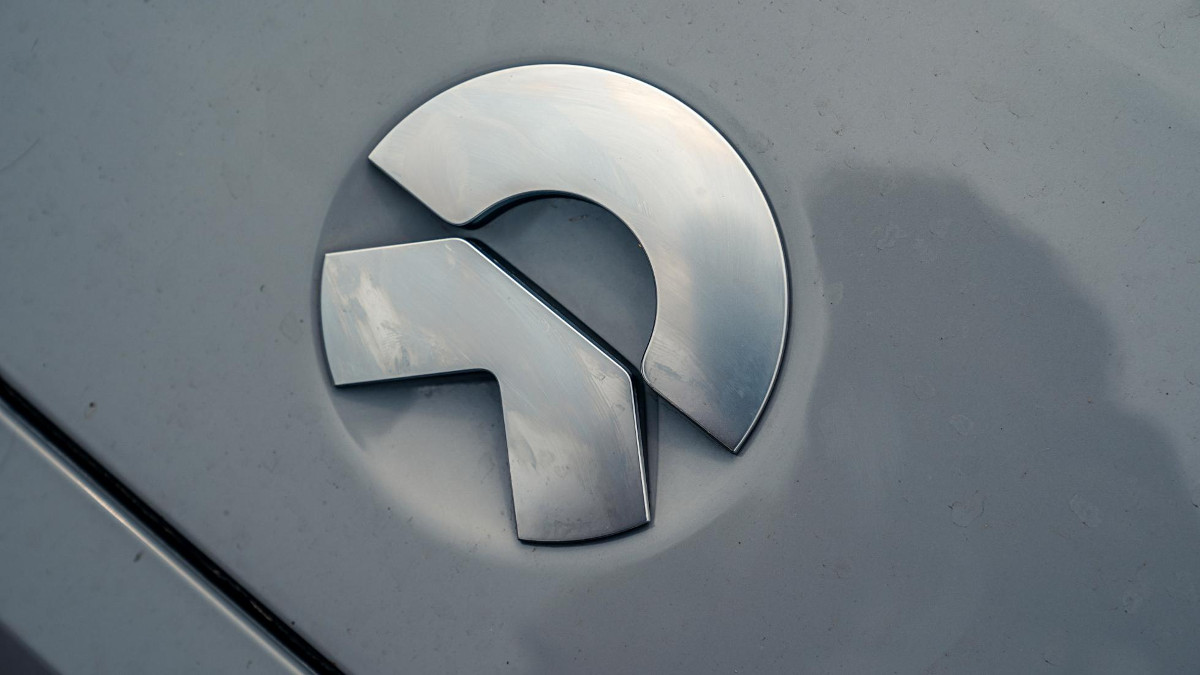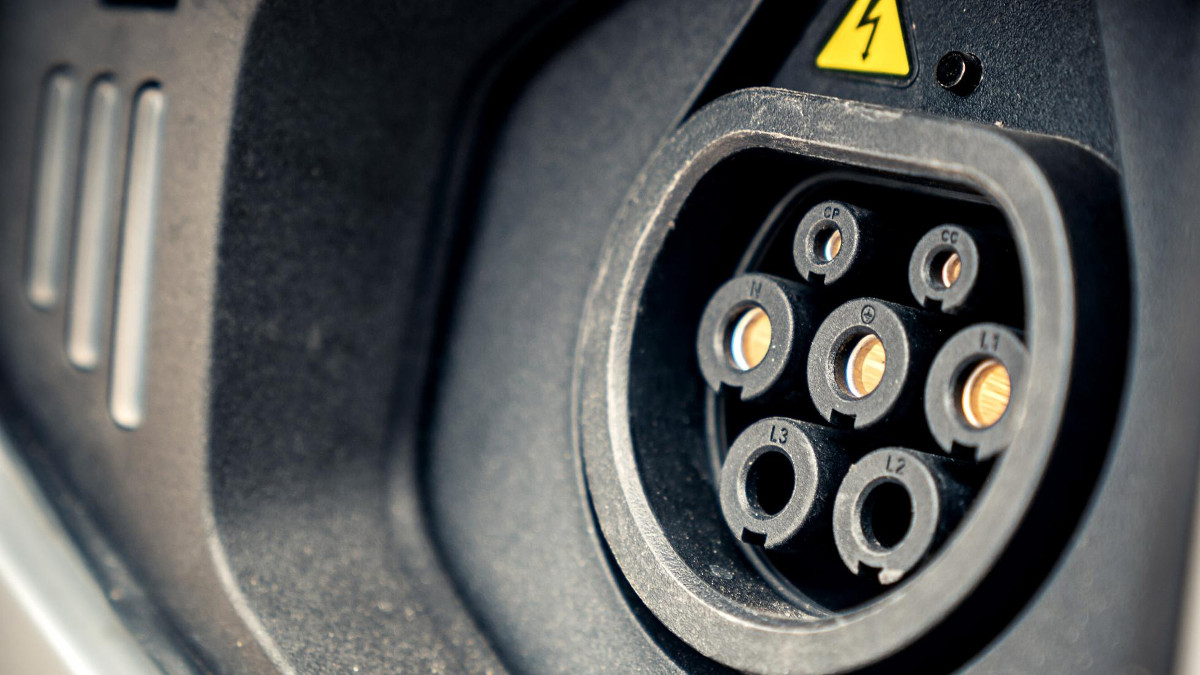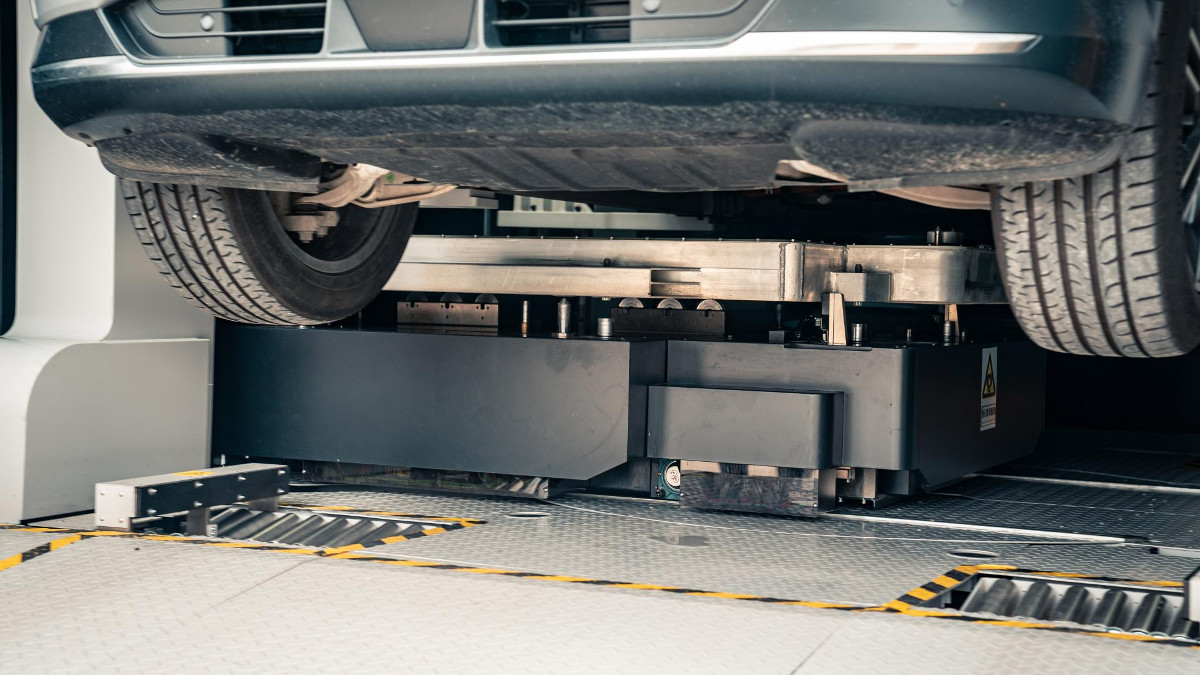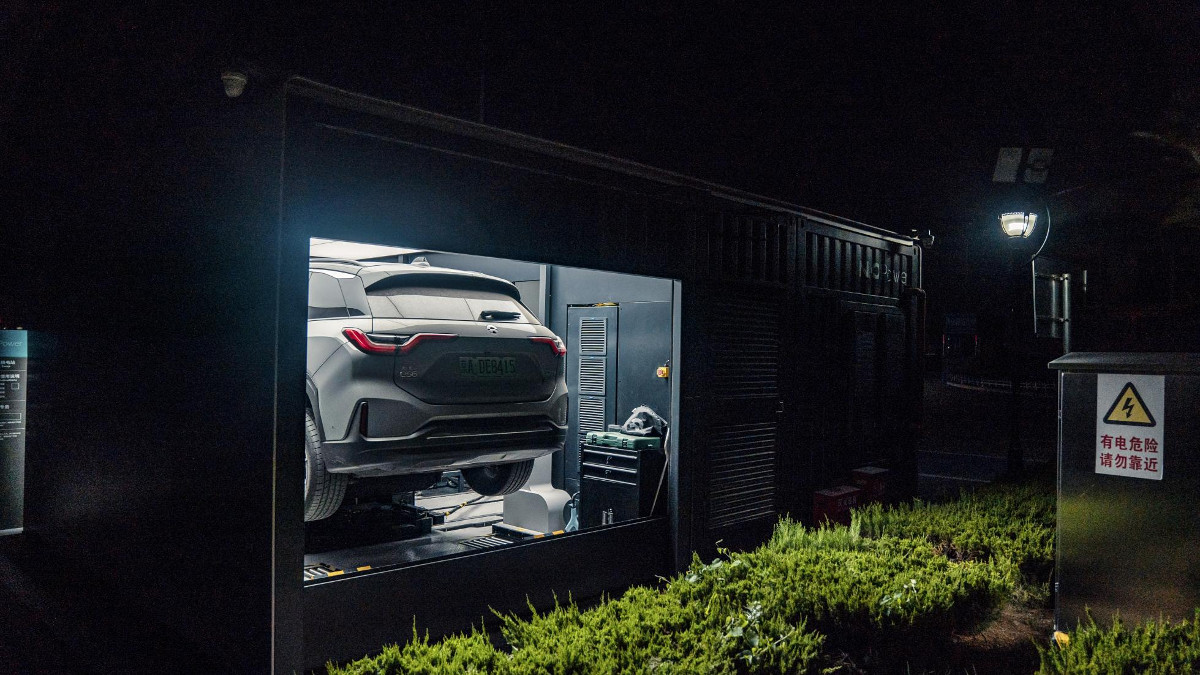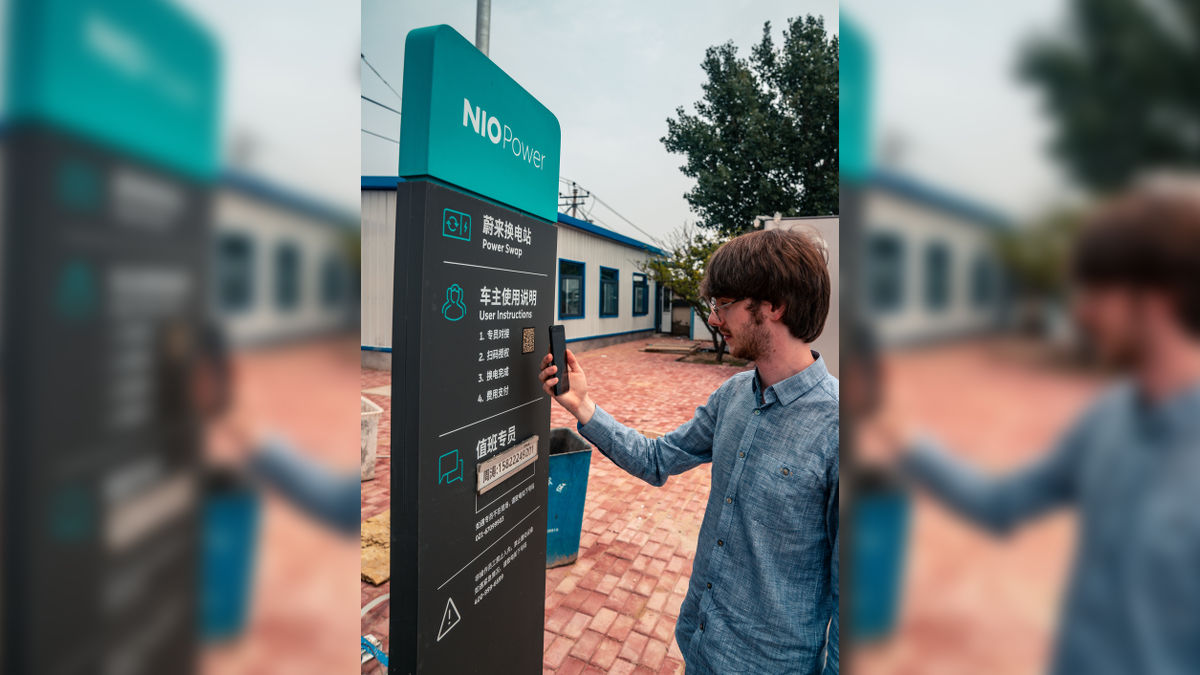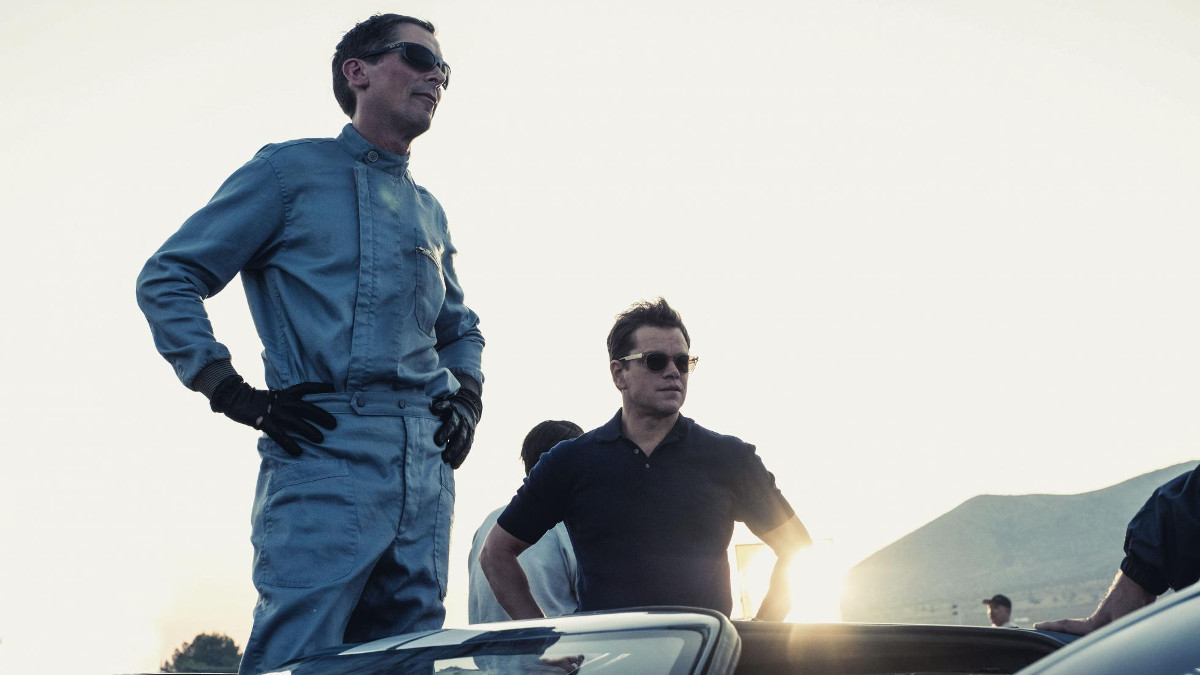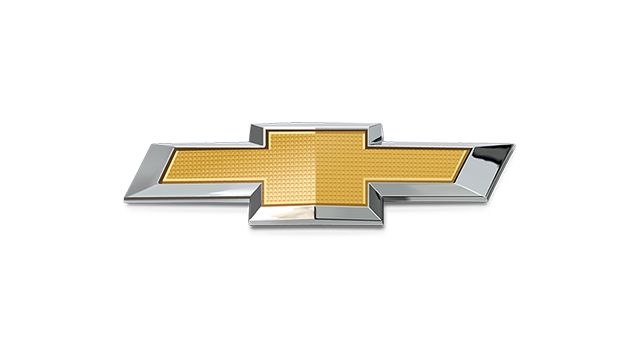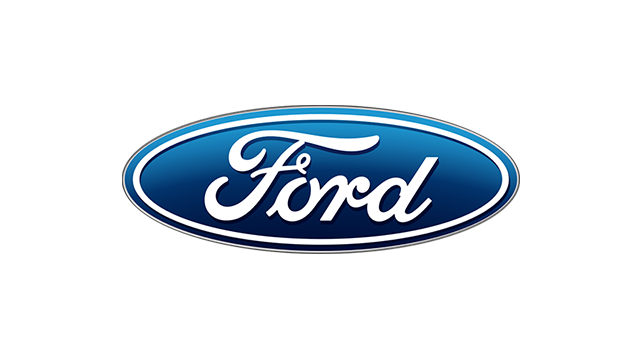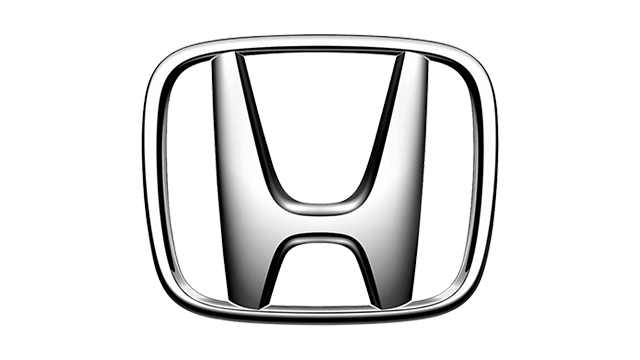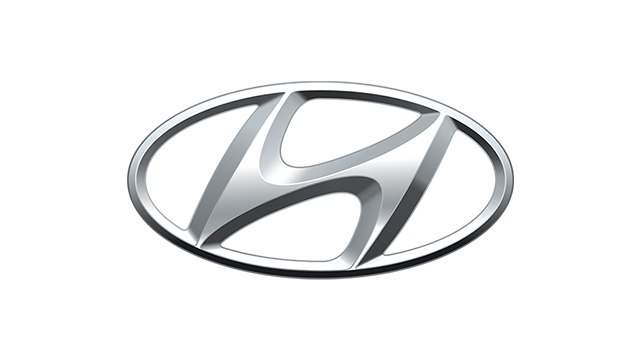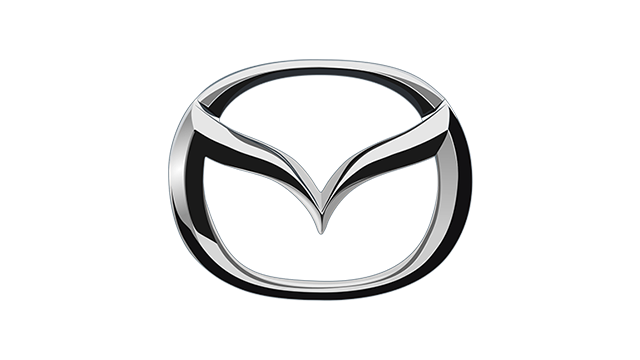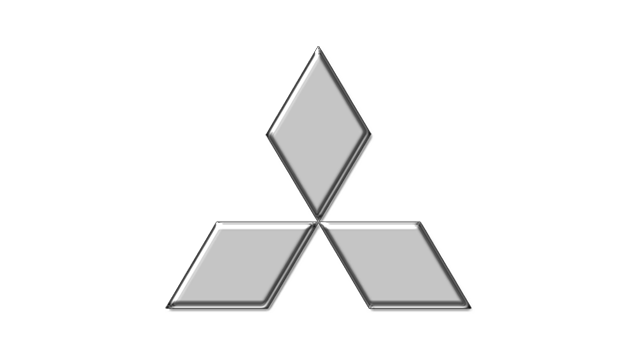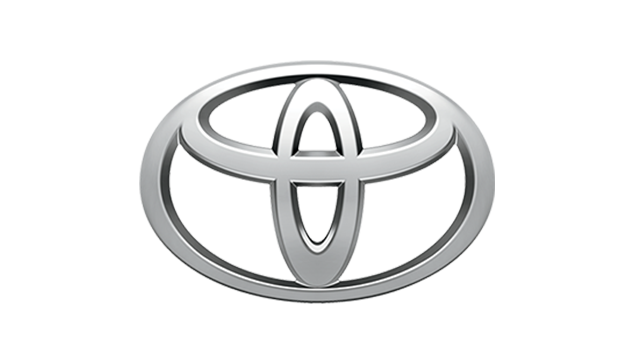So you wouldn’t know that Nio is very much a thing. It’s listed on the New York Stock Exchange, its CEO William Li is a serial entrepreneur who’s made a success of many companies, and it employs more than 9,000 people. That’s three times more than Ferrari. And it’s doing some very clever, very interesting things in its native country. Not so much with the cars themselves (yet)—the ES6 is an electric SUV, much in the mold of the Audi e-Tron, the Mercedes EQC, and the Jaguar I-Pace—but with the ecosystem that surrounds them. Namely, how you charge. Which is why Rowan Horncastle and I are standing in this dimly lit office, having proved that we can, in fact, see and are capable of distinguishing between the colors red and green, applying for temporary Chinese driving licences. Something that, should you ever visit China, you really ought to avoid.
China is the world’s biggest market for NEVs or ‘new energy vehicles.’ That’s full EVs as well as PHEVs. Last year, it bought around 1.2 million—more than half the global total—compared with roughly 360,000 sold in the States. This year, it expects to buy 1.6 million, even though the government has slashed subsidies (which meant carmakers could sell their wares more cheaply), in a move that’s supposed to rationalize the industry by weeding out ‘inferior’ companies. Nio isn’t one of those—even though it’s had its fair share of issues. Issues such as a $390-million loss in the first quarter of 2019, cancelled plans for its own factory (at the moment, its cars are built by another Chinese company called JAC), and the postponement of a new model.
Dependent on (and possibly shoring up) the company’s survival is its network of 123 ‘Power Swap’ stations that line three of China’s busiest highways and can be found in its biggest cities. Together with the ES6’s claimed 418km range (322km real-world), these stations will allow us to drive from Beijing to Shanghai—around 1,287km—without recharging once.

